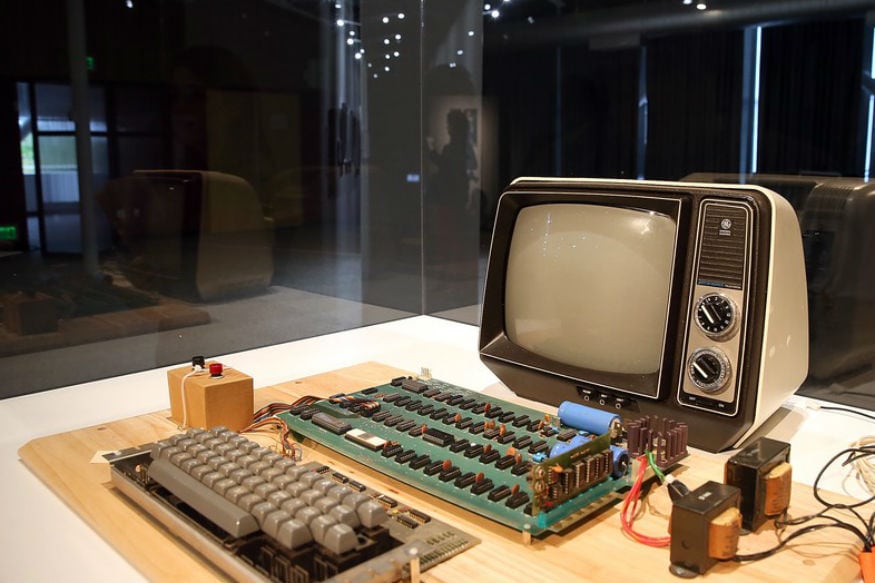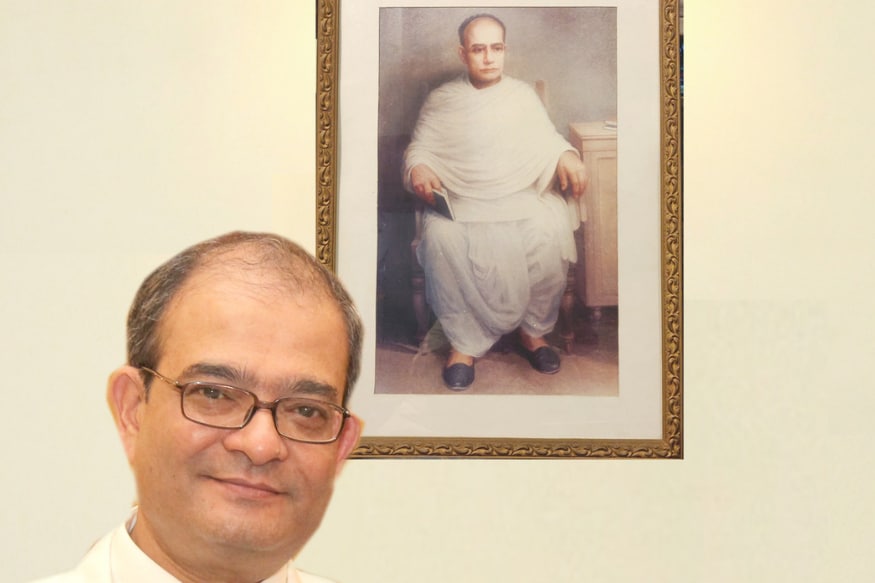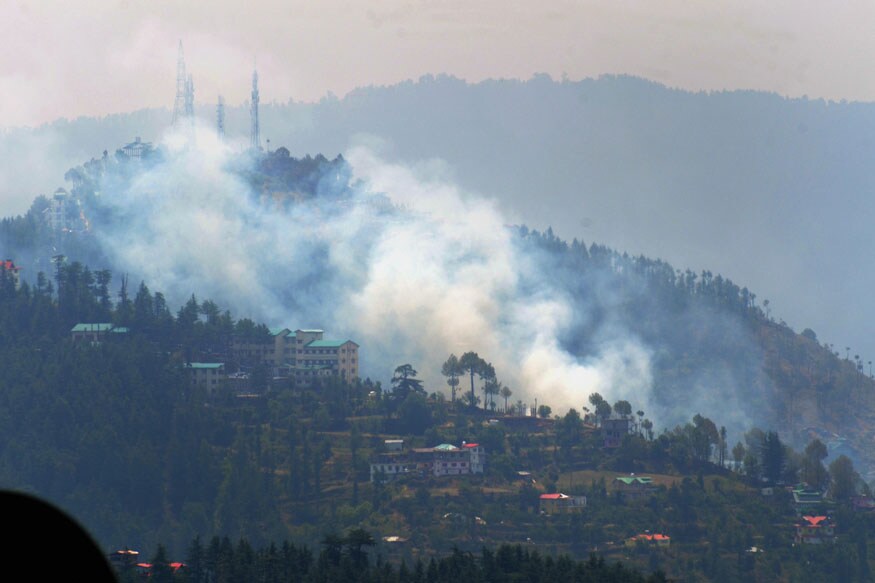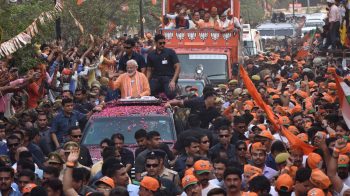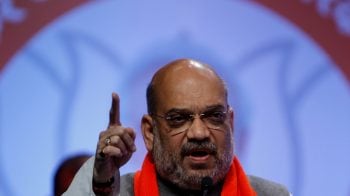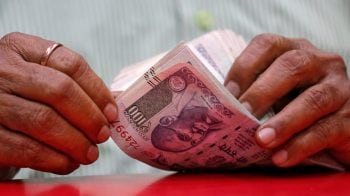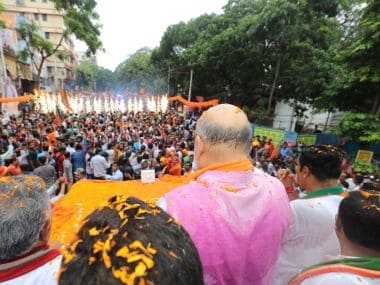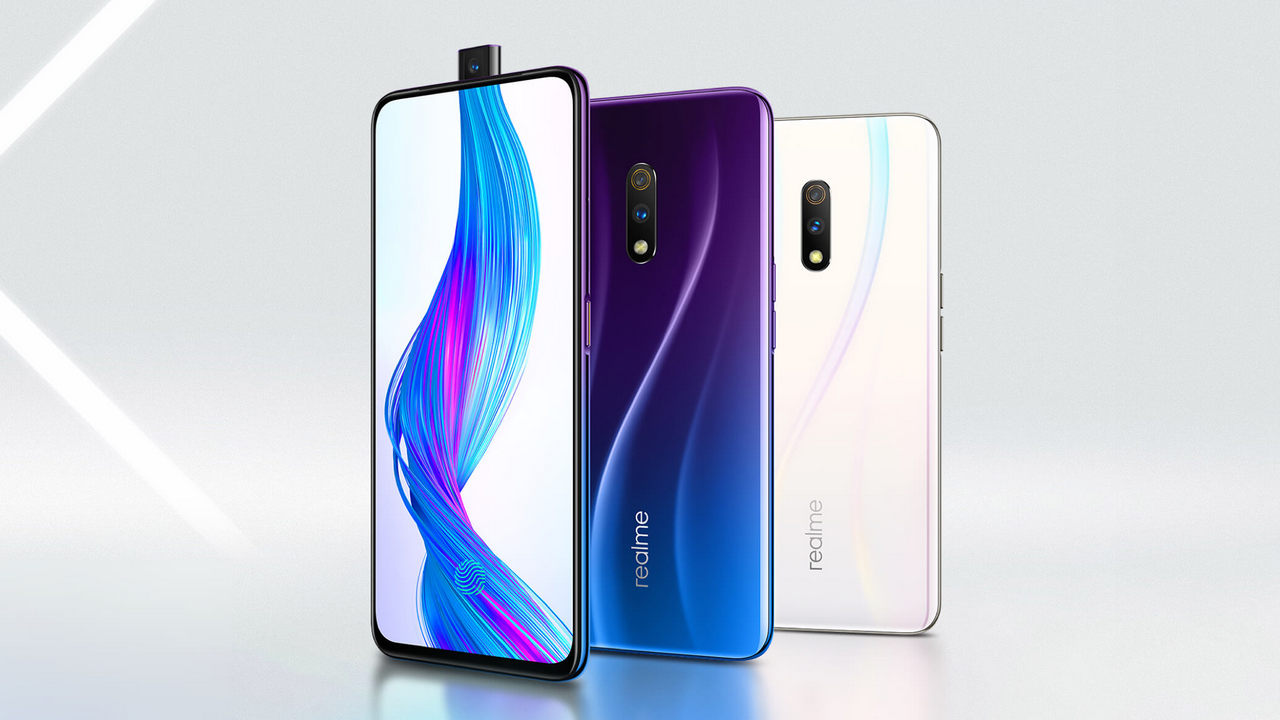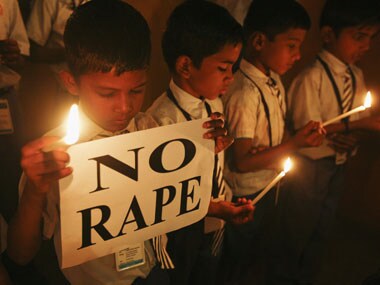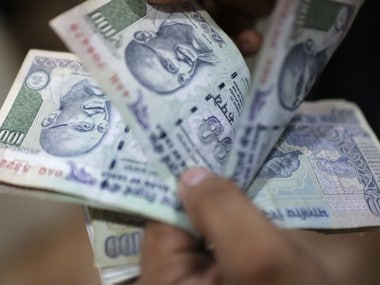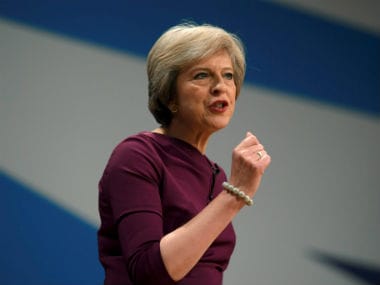SBI shut 1,000 ATMs in the first half of FY18 and the trend will continue as banks increasingly look to digital solutions and mobile apps to keep up with evolving banking infrastructure.
High maintenance costs coupled with tighter regulations have made ATMs a costly affair in India, which is leading to the steady decrease in their numbers in the past two years, as per a Business Standard report.
The report noted that India has the fewest ATMs per 100,000 people even among BRICS nations, according to the International Monetary Fund (IMF).
In the report, Ashutosh Khajuria, Chief Financial Office at Federal Bank said, ''It’s too early to write an obituary on ATMs but no one will invest in a declining proposition.''
State Bank of India has also shut 1,000 ATMs in the first half of FY18. The trend will continue as banks increasingly look to digital solutions and mobile apps to cut costs and keep up with evolving banking infrastructure. Mobile banking transactions grew 65 times in the past five years alone, the report points out. The security updates towards software and equipment, as mandated by the Reserve Bank of India, do little to help the situation.
related news
ATM operators, which are both banks and third parties, earn their revenue from the collection of an 'interchange fee', which is charged to the lender whose debit or credit card is used for cash withdrawals. The report noted that this remains at Rs 15, which is low as against the rising costs to upgrade existing ATMs. The report also mentions that this fee cannot be raised without the approval of an industry committee, reducing the possibility of satisfactory profit margins.
However, not all agree that higher charges are the solution as banks might pass the higher charges on to customers. ''Banks are finding it cheaper to pay interchange fees to other banks rather than operating their own ATMs,'' R Gandhi, a former RBI deputy governor was quoted in the report.
The disappearance of ATMs would most likely affect those on the lower end of the socio-economic pyramid, Rustom Irani, Managing Director at Hitachi Payment Services told the paper.
Close to 355 million were added to the banking system after Prime Minister Narendra Modi’s financial inclusion initiative, Pradhan Mantri Jan Dhan Yojana was first launched in 2014. Many of them depended on ATMs for their daily transactions when demonetisation was implemented in 2016.

































